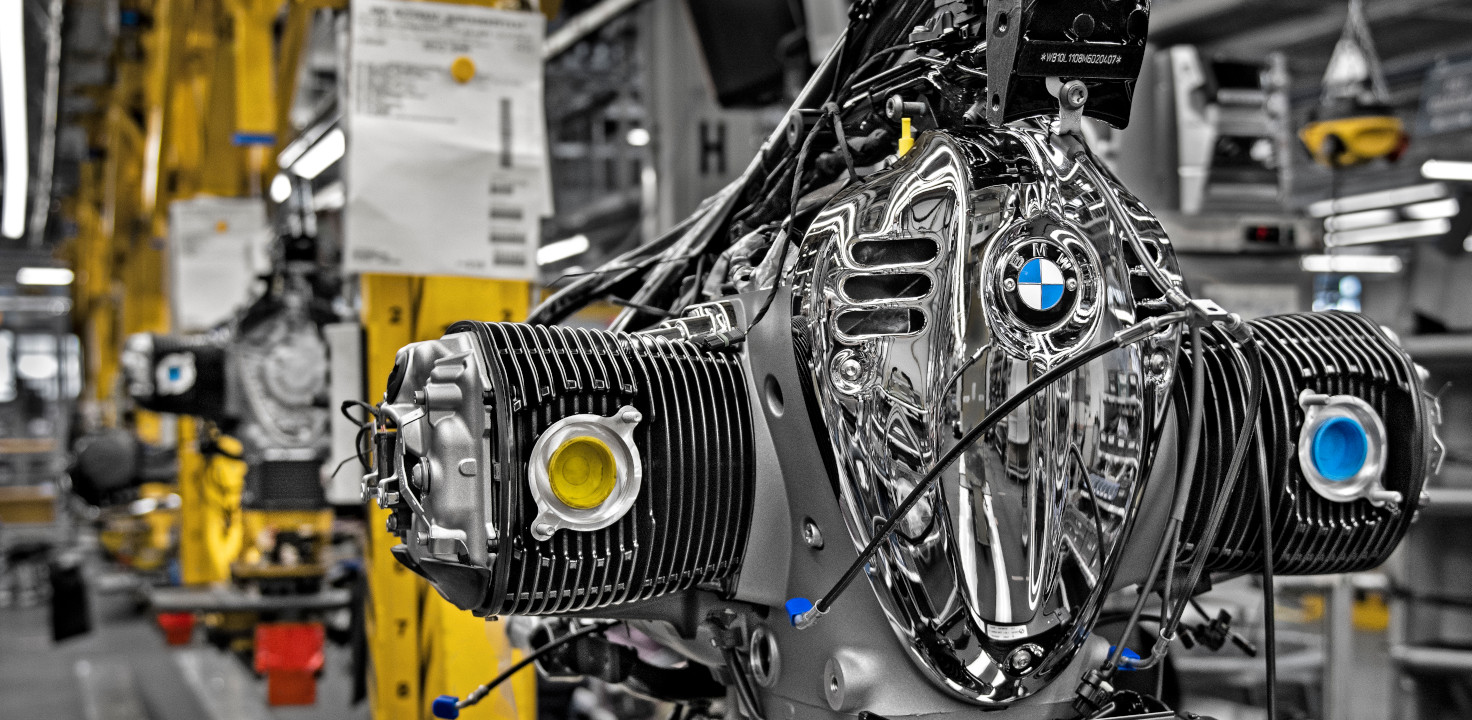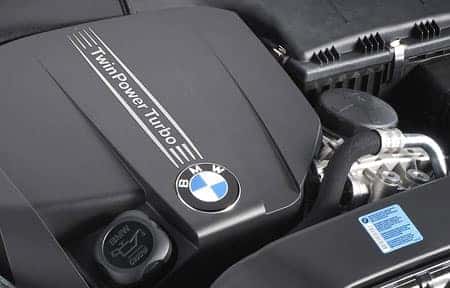Revealing the Tricks Behind the Power of the BMW Engine
Revealing the Tricks Behind the Power of the BMW Engine
Blog Article
Revealing the Intricacies of Next-Generation Power Units: a Deep Dive Into Advanced Engine Styles and Technologies
In the realm of auto design, the unrelenting quest of performance, performance, and sustainability has actually propelled the evolution of power units to unprecedented heights. As we base on the precipice of a new era in transport, the details of next-generation engine styles beckon us to discover the advanced modern technologies and developments that promise to redefine the driving experience. From sophisticated products that press the boundaries of durability and weight decrease to innovative turbocharging and supercharging systems that raise power output to brand-new degrees, each component of these power devices holds a crucial to unlocking the future of automotive design. Delving much deeper into the worlds of discharge control, intelligent engine monitoring systems, and the perspective of power device growth, we find ourselves on the cusp of a transformation that assures to reshape the landscape of flexibility as we understand it.
Advancement of Engine Materials

The shift in the direction of advanced engine materials has actually likewise made it possible for designers to develop engines with greater power results while maintaining fuel effectiveness standards. The use of lightweight materials reduces the overall weight of the engine, leading to improved fuel economy and lower emissions. Additionally, developments in materials innovation have enabled for much better thermal management within engines, resulting in enhanced integrity and durability.
Turbocharging and Supercharging Technologies
Just How do Turbocharging and Supercharging Technologies reinvent engine performance and performance in contemporary cars? Turbo charging and turbocharging are innovations that considerably boost engine efficiency by increasing the quantity of air intake into the burning chamber. Turbocharging accomplishes this by utilizing a wind turbine driven by exhaust gases to pressurize the intake air, while turbo charging uses a belt- or chain-driven compressor to attain the exact same result.
These technologies enable smaller, more fuel-efficient engines to create power equivalent to bigger ones, called downsizing. Forcibly more air into the cyndrical tubes, turbo charging and turbocharging improve burning efficiency, leading to increased horsepower and torque result without a significant rise in engine size. This causes far better acceleration, pulling ability, and general driving efficiency.
Moreover, turbo charging and turbocharging add to enhanced gas efficiency by enabling the use of smaller sized engines that consume less fuel under regular driving conditions - bmw engine. This mix of boosted performance and effectiveness has actually made turbocharging and turbo charging essential elements of several modern engine styles
Discharge Control and Environmental Influence
With increasing global issues pertaining to air quality and environmental sustainability, the application of discharge control innovations in lorries plays an important function in lowering harmful pollutants released into the atmosphere. Modern cars are geared up with advanced discharge control systems that assist lessen the ecological influence of auto procedures. Catalytic converters, as an example, are designed to convert toxic gases such as carbon monoxide, nitrogen oxides, and hydrocarbons into less hazardous substances like carbon dioxide and water vapor.
Furthermore, advancements in engine technology, such as the integration of exhaust gas recirculation systems and discerning catalytic decrease, have actually substantially added to reducing discharges. These technologies operate in tandem to maximize burning effectiveness and reduce the release of hazardous pollutants into the air. Additionally, the growth of hybrid and electric lorries stands for an important step in the direction of minimizing the general ecological footprint of the transportation field.
Intelligent Engine Administration Systems

In addition, these systems allow vehicles to fulfill strict exhausts standards without endangering performance, giving a much more eco-friendly driving experience. The integration of expert system and maker learning abilities in engine management systems proceeds to press the boundaries of what is feasible, leading to additional improvements in effectiveness, integrity, and overall automobile performance. bmw engine. As automobile modern technology advancements, smart engine management systems will play a crucial function in forming the future web of transportation towards a much more effective and lasting instructions
Future Trends in Power Unit Advancement
As smart engine monitoring systems lead the means for improved control and optimization in contemporary automobiles, future patterns in power system advancement are poised to redefine the landscape of automotive propulsion technologies. These alternative power resources use boosted effectiveness and performance while aligning with stringent ecological laws.
One more considerable trend is the integration of innovative products and producing techniques. Light-weight materials such as carbon fiber and aluminum are being made use of to minimize general vehicle weight, boosting gas efficiency and efficiency. Furthermore, improvements in 3D printing and additive manufacturing are making it possible for the manufacturing of go now complex engine parts get redirected here with greater precision and resilience.
In addition, fabricated intelligence and artificial intelligence are playing a vital role in maximizing power system efficiency. These innovations allow for real-time tracking and adaptive control, causing more reliable and reputable power delivery. Generally, future fads in power system growth are geared in the direction of sustainability, efficiency, and efficiency, driving the auto industry towards a brand-new era of propulsion innovations.

Conclusion
In verdict, the developments in engine products, turbocharging, discharge control, and smart management systems have actually led the way for next-generation power units. These technologies have not only enhanced efficiency and efficiency but likewise reduced environmental influence. As technology remains to evolve, future trends in power unit advancement are most likely to focus on additional boosting sustainability and optimizing power outcome. The detailed designs and advancements in modern-day engines showcase the continuous advancement of automotive innovation.
Exploring the modern improvements in engine products has actually been pivotal in enhancing the performance and efficiency of modern engines. Over the years, the evolution of engine materials has played a critical role in pushing the limits of what engines can accomplish.The change in the direction of progressed engine products has actually additionally made it possible for designers to make engines with greater power results while preserving gas performance criteria.The application of smart engine administration systems in contemporary automobiles has transformed the way engines are controlled and optimized for efficiency and performance. By accumulating information in real-time and examining it with advanced formulas, smart engine monitoring systems can adapt to driving styles, ecological variables, and engine wellness to make the most of power output while minimizing gas usage and discharges.
Report this page